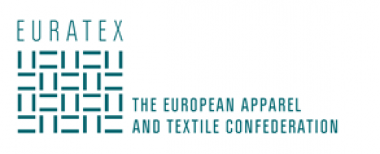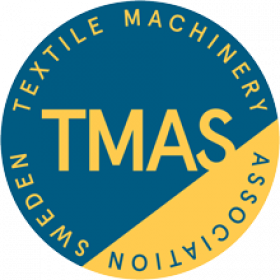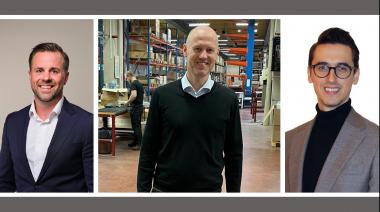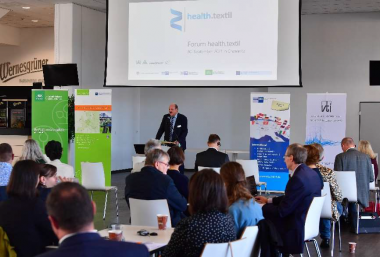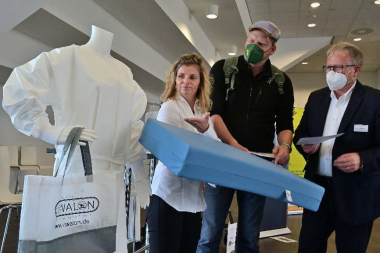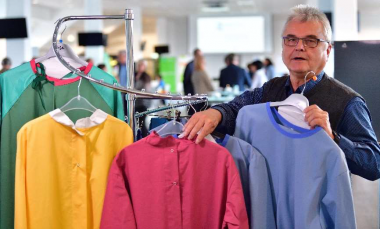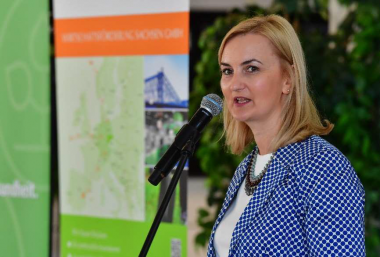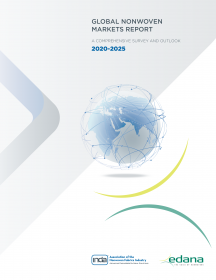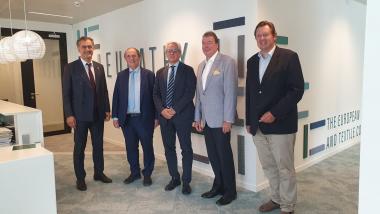BVMed: Sinkende Erstattungspreisen und steigende Herstellerkosten bei aufsaugenden Inkontinenzprodukte
Die im Bundesverband Medizintechnologie (BVMed) organisierten Hersteller von Hilfsmitteln zur aufsaugenden Inkontinenzversorgung weisen auf den zunehmenden Spagat zwischen sinkenden Erstattungspauschalen und steigenden Produktionspreisen hin. „Durch die Entwicklungen der Rohstoff-, Transport- und Energiepreise steigt der Preisdruck auf die Hersteller enorm. Auf der anderen Seite sinken die Pauschalen in den Hilfsmittel-Verträgen mit den Krankenkassen weiter. Diese Schere muss endlich wieder geschlossen werden, um die Versorgung der Patient:innen mit diesen Hilfsmitteln sicherzustellen“, so BVMed-Expertin Juliane Pohl, Leiterin des Referats Ambulante Versorgung.
Die Expert:innen des BVMed-Fachbereichs Inkontinenzversorgung betonen, dass verschiedene globale Entwicklungen zu starken Veränderungen an den Rohstoffmärkten sowie im Transportwesen führen, die sich ebenfalls auf die Produktion von Hilfsmitteln zur aufsaugenden Inkontinenzversorgung auswirken. Es sei dabei nicht davon auszugehen, dass sich diese Entwicklungen auf ein Vor-COVID-Niveau regulierten. Im Gegenteil: der Ukraine-Krieg sorge für eine Verschlechterung der Gesamtsituation im Energie-, Rohstoff- und Transportbereich.
Zum Hintergrund erläutert der BVMed, dass zur Produktion aufsaugender Inkontinenzprodukte als Rohstoffe hauptsächlich Zellstoff (Fluff), Superabsorbent Polymere (Superabsorber), Polyethylene (Folien) und Polyproylene (Vliesstoffe) verwendet werden. Bei Zellstoffen gab es nach dem Risi-Index im dritten Quartal 2021 eine Kostensteigerung von 40 Prozent gegenüber dem Vorjahreszeitraum. Bei Polyproylenen (PP Europe Index) lag die Kostensteigerung bei 60 Prozent, bei Superabsorbern bei 67 Prozent und bei Polyethylenen (LDPE EU Index) sogar bei 80 Prozent. Ursächlich hierfür sind vor allem nicht behebbare Kapazitätsprobleme. Es bestehen kaum Möglichkeiten zusätzlicher Kapazitäten für diese Rohstoffe, was zu einer unmittelbaren Verknappung und zu weiteren Preissteigerungen führt.
Die Energiepreise verzeichneten im Januar 2022 eine Steigerung von durchschnittlich 67 Prozent gegenüber dem Vorjahresniveau. Besonders prägnant ist dabei die Veränderungsrate von Erdgas: Hier ist gegenüber dem gleichen Vorjahresmonat eine Kostensteigerung von 119 Prozent zu verzeichnen. Eine maßgebliche Entspannung der Energiekosten ist laut Einschätzung von Expert:innen nicht absehbar.
Die Veränderungen im Rohstoffmarkt beeinträchtigen ebenfalls die Produktion von Primär- und Sekundärverpackungen. So sind enorme Preisanstiege zum Vorjahreszeitraum bei Sekundärrohstoffen aus Papier und Pappe (plus 73 Prozent) sowie bei Verpackungsmitteln aus Holz (plus 66 Prozent) zu verzeichnen. Wellpapier und Wellpappe erfuhren gegenüber dem Vorjahresniveau eine Preissteigerung von 42 Prozent, so die BVMed-Expert:innen.
Bedrohlich bleiben auch die Entwicklungen im Transportwesen. Weltweit besteht ein immenser Mangel an Containertransporten. Die hierdurch erhöhte Nachfrage führt zu steigenden Preisen bei den Container- und Frachtkosten. Die durch die globale Nachfrage forcierte enorme Verzögerung von Lieferungen wirkt sich ebenfalls auf das Preisgefüge aus. Auch die Überlastung zentraler Häfen in China, Nordeuropa, Singapur, Sydney und an der US-Westküste führt zu Verzögerungen und Preissteigerungen. Nach dem FBX-Index sind die weltweiten Frachtkosten im Vergleichszeitraum 2020/2021 insgesamt um 400 Prozent gestiegen. Preiserhöhungen im Transport ergeben sich außerdem aus den Entwicklungen im Bereich Energie, insbesondere Erdgas, sowie Fachpersonal.
BVMed | Bundesverband Medizintechnologie e.V.













